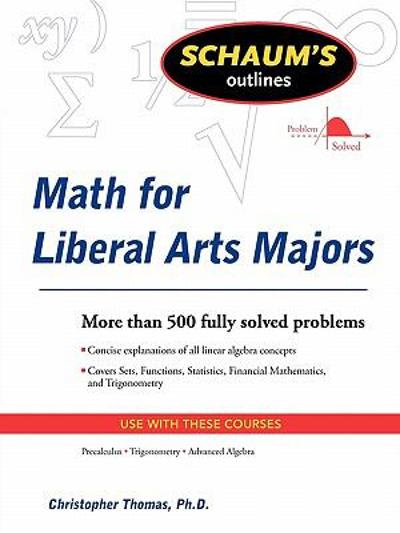Question
An elevator rail is assumed to meet specifications if its diameter is between 0.98 and 1.01 inches. Each year a company produces 100, 000 elevator
An elevator rail is assumed to meet specifications if its diameter is between 0.98 and 1.01 inches. Each year a company produces 100, 000 elevator rails. For a cost of $10/2 per year the company can rent a machine that produces elevator rails whose diameters have a standard deviation of . (The idea is that the company must pay more for a smaller variance.) Each such machine will produce rails having a mean diameter of one inch. Any rail that does not meet specifications must be reworked at a cost of $12. Assume that the diameter of an elevator rail follows a normal distribution.
Round your answers to three decimal places, if necessary.
a. What standard deviation (within 0.001 inch) minimizes the annual cost of producing elevator rails? You do not need to try standard deviations in excess of 0.02 inch.
b. For your answer in part a, one elevator rail in 1000 will be at least how many inches in diameter?
Step by Step Solution
There are 3 Steps involved in it
Step: 1

Get Instant Access to Expert-Tailored Solutions
See step-by-step solutions with expert insights and AI powered tools for academic success
Step: 2

Step: 3

Ace Your Homework with AI
Get the answers you need in no time with our AI-driven, step-by-step assistance
Get Started


